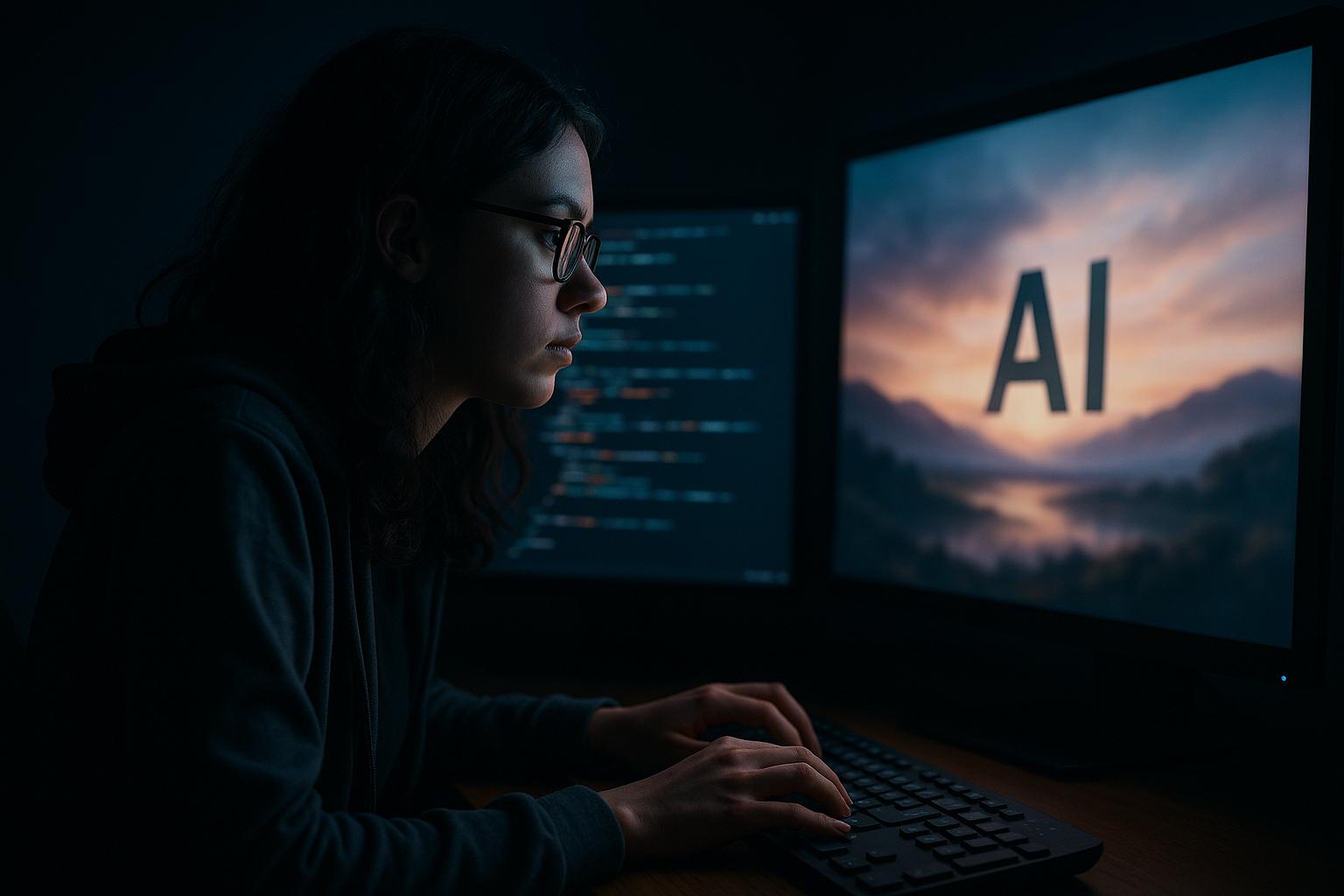The recent unveiling of PicLumen AI's new generative models, Primo for image creation and Picflow for video production, marks a notable advancement in the evolving realm of AI-driven visual content creation. Announced on September 13, 2025, these tools reflect a broader industry trend where artificial intelligence is increasingly harnessed to fuel creativity in illustration, marketing, and digital storytelling. With Primo focusing on high-fidelity illustrations and Picflow facilitating seamless video generation, PicLumen caters to a growing demand for integrated visual solutions that can enhance user engagement by transitioning from static images to dynamic videos.
This development aligns with a significant shift within the creative industries, where generative AI technology is reshaping workflows and output quality. The rise of diffusion-based models, popularized since Stable Diffusion’s open-source release in 2022, underscores how foundational technological improvements have accelerated innovation. According to industry analysis, the AI art generation market has expanded rapidly, driven by user communities surpassing half a million on platforms supporting AI-assisted artwork. The convergence of image and video generation capabilities exemplified by PicLumen’s offerings echoes trends seen in competitors like Midjourney, which launched video functionalities earlier this year, enabling creators to produce more immersive narratives.
From a business and economic perspective, these AI tools open lucrative avenues in sectors such as digital marketing, advertising, entertainment, and e-commerce. Research from McKinsey & Company projected that AI-enhanced creative tasks could inject $2.6 to $4.4 trillion annually into the global economy, highlighting immense productivity gains. Moreover, the AI creative software market’s growth potential is underscored by forecasts of its value reaching $19.8 billion by 2027. Companies are increasingly monetizing these innovations via subscription services, API integration, and tiered access models, a strategy demonstrated effectively by Adobe. The software giant recently upgraded its 2025 revenue and profit forecasts, buoyed by strong uptake of its AI-powered design tools, reflecting a broader commercial enthusiasm for AI-assisted creativity.
The integration of AI in advertising, particularly through personalized and dynamic content, is driving significant growth in digital entertainment channels. PwC’s Global Entertainment & Media Outlook 2025-29 estimates that AI-powered ads will contribute substantially to the $3.5 trillion projected value of the global entertainment and media industry by 2029. Digital advertising formats, particularly those linked to connected TV, continue to dominate revenue streams, suggesting that AI-generated content that seamlessly blends images and videos, like those produced by PicLumen’s tools, are well-positioned to thrive.
However, the rapid deployment of generative AI models such as Primo and Picflow raises critical ethical and legal issues, particularly around intellectual property rights. A notable controversy has emerged within the artistic community, with thousands of creators protesting AI-generated art auctions at major houses such as Christie’s. The core grievance focuses on the use of copyrighted materials without permission in training AI models, a concern also highlighted in investigative reports. These disputes underscore the complexities of balancing technological innovation with the rights and recognition of human artists, an issue that regulatory frameworks like the EU’s AI Act—effective since August 2024—are beginning to address by imposing transparency and accountability requirements on AI systems.
On the technical front, Primo reportedly leverages sophisticated transformer architectures combined with latent diffusion techniques that support rapid generation of high-resolution images, possibly up to 8K, made feasible by advances in GPU computing such as NVIDIA’s H100 chips. Picflow’s video generation employs temporal consistency methods, a continuation of research trends exemplified by Google’s VideoPoet, ensuring fluid, realistic animation sequences. Despite the high computational costs inherent to training such models, cloud-based scalability has reduced barriers for emerging companies, facilitating innovation across the sector.
Looking ahead, industry analysts forecast further integration of generative AI with augmented and virtual reality platforms, with Gartner predicting that by 2027, 70% of enterprises will utilise these technologies for content creation. The competitive landscape remains robust, with major players like OpenAI’s DALL-E 3 and Runway ML’s Gen-2 setting quality and performance benchmarks. Meanwhile, emerging providers including PicLumen differentiate themselves through niche-focused models and ethical safeguards such as watermarking in line with C2PA standards. The future seems poised for hybrid human-AI workflows that combine creative intuition with algorithmic efficiency, promising to redefine artistic production and content marketing paradigms alike.
📌 Reference Map:
- Paragraph 1 – [1], [2]
- Paragraph 2 – [1], [6], [7]
- Paragraph 3 – [1], [2], [3]
- Paragraph 4 – [1], [4]
- Paragraph 5 – [1], [5]
- Paragraph 6 – [1]
- Paragraph 7 – [1]
Source: Noah Wire Services
